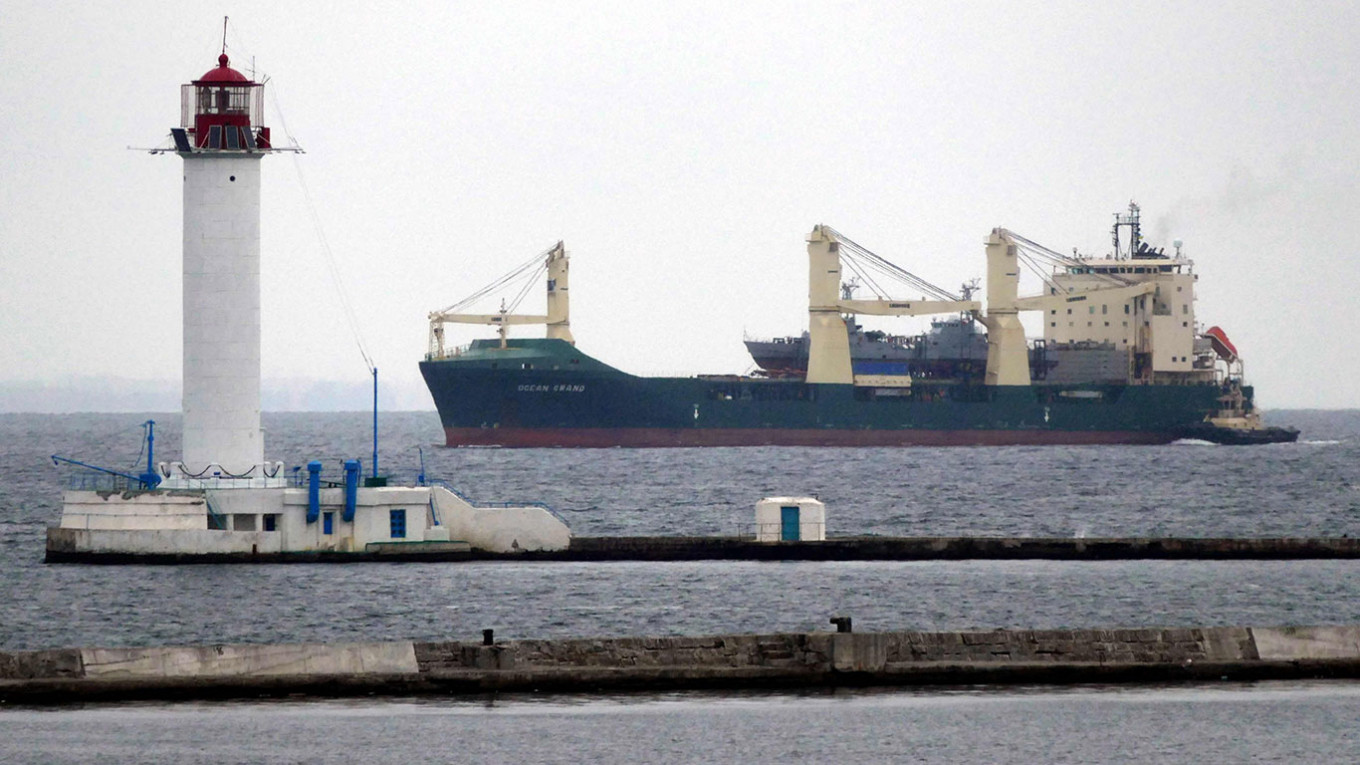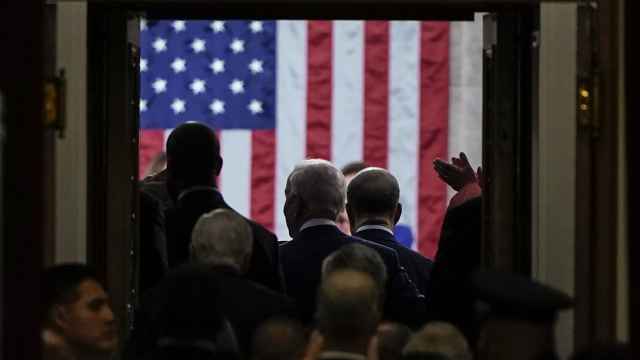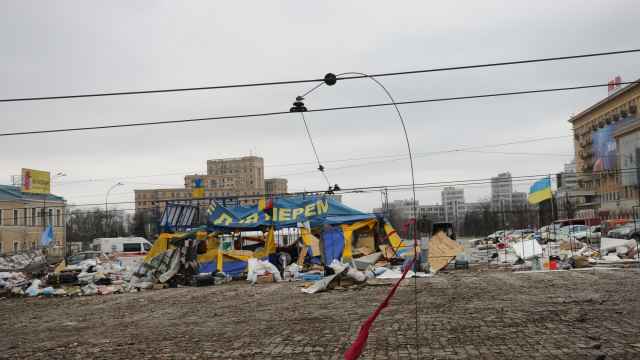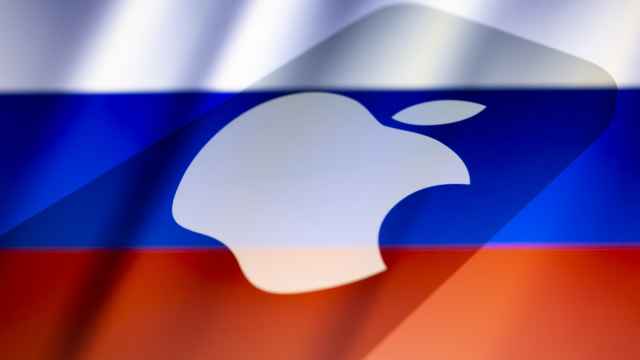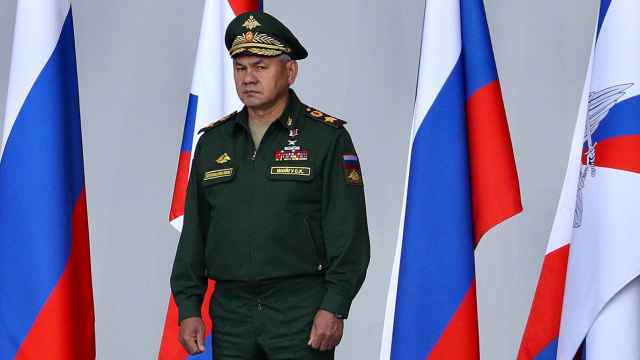What’s going on along the Russian-Ukrainian border? Despite the sinister yet perplexing warnings coming from Washington and the certainties being paraded on every side by the pundits and the opinionated, we don’t know — and probably the Kremlin doesn’t know yet, either.
War is coming!...
As well as making open statements of concern and reaching out through multiple channels to Moscow, the U.S. administration has been reportedly briefing European allies about a massive reinforcement of Russian troops around Ukraine’s borders.
The scenario is of 100 battalion tactical groups (BTGs) — the combined-arms mechanized units Russian army brigades generate to project force into conflict zones — or perhaps 90,000 troops, sweeping into Ukraine along multiple axes from Russia, Belarus and Crimea, in a massive strike supported by devastating airpower and long-range strikes.
This would certainly be a major incursion and the implication is that it would have the objective of seizing large areas of territory or otherwise delivering a crippling blow to Ukrainian sovereignty.
After all, Russia has almost 170 BTGs in permanent readiness overall, so this would represent almost two-thirds of its entire contingent.
Yet buried amidst the assessment of a planned January or February assault is a crucial variable. As Bloomberg reported:
The U.S. has shared intelligence including maps with European allies that shows a buildup of Russian troops and artillery to prepare for a rapid, large-scale push into Ukraine from multiple locations if President Vladimir Putin decided to invade, according to people familiar with the conversations.
Quite. ‘If.’
…Or maybe it’s not
The problem is that it is much easier to quantify capability than intent.
Although there have been suggestions that this current troop build-up is being carried out more secretively than in spring, that really just means that the Russians are not making a media spectacle of it.
That deployment — however much some prophesied an imminent invasion then, too — was much more clearly a political gesture. However, Moscow is well aware that the movement of thousands of troops and their associated armored vehicles, encampments and fuel bowsers can hardly be kept secret in an age of satellite surveillance and electronic eavesdropping.
Forces are on the move, but so far nothing to explain the pitch of the American language (which implies they are working from some secret intelligence).
Even according to Ukrainian military intelligence (GUR), there are only 40 BTGs currently around its borders, up from October’s tally, but lower than September’s (51), let alone April’s (53). That’s fewer than 40,000 soldiers — a BTG typically has a complement of 700-900 — although GUR chief Kyrylo Budanov claimed the total figure was actually 92,000.
Even so, that is hardly the kind of superiority needed to take on a Ukrainian army that is now seasoned and well-trained and a quarter of a million strong, most of whom are in the Ground Forces.
They may lack the higher-end capabilities of the Russians, but they would also be defending their homeland, and would be supplemented by volunteers and militias.
It certainly isn’t the kind of force which could guarantee a quick and easy victory, and any attempt directly to take cities against collective local resistance — something the Russian army has never done in Ukraine — would be especially bloody.
There is no way that the High Command cannot know that there would be many soldiers coming home crippled, wounded, or as ‘Cargo 200s’ — the dead.
Nonetheless, if need be, the Russians could certainly build up a commanding force around Ukraine, and if Putin is willing to brave the international sanctions and condemnation and domestic outrage such a bloody war would generate, then an invasion can go ahead. But would it?
Everyone knows what the Kremlin plans…
With no way of knowing for sure what the Kremlin intends, observers tend to default to their operating assumptions. For those convinced Putin is an implacable foe of Ukrainian statehood, of course he is willing to pay any price to crush his foes. For those who see the most serious threat coming from Western warmongering, the U.S. position is simply making war more likely.
One can frame an argument that says that Putin, eager to avoid further delegitimising his regime before the 2024 elections, would avoid such a war. One can frame one that says a war is how he would try to re-legitimate it.
Focus on military balances of power and one can argue that, if Putin really does fear Ukraine’s westward drift and, especially, the danger that NATO forces would begin to be emplaced in the country – as he mused during his recent Valdai appearance, “what if missiles are stationed near Kharkov some day” under the guise of training bases? – then he may feel that delay will only make an eventual strike harder. Better to move sooner than later.
Then again, maybe this is all another piece of political theatre to try and force Kiev to negotiate with Moscow on its terms, as Ukrainian National Security and Defense Council Secretary Oleksiy Danilov put it ‘to raise the table stakes of future talks.’
…Except the Kremlin
The bottom line is that we do not know, and probably nor does the Kremlin. We are back to the usual metaphor of the opportunistic judoka versus the methodical chess grandmaster.
This Russian administration does not tend to work on rigid, long term plans of the sort intended to bring about checkmate in 15 moves.
Instead, it generates dynamic situations — which often means disrupting the status quo — and creates options for itself, so that it can seize opportunities and respond to threats as they arise.
When the Russians built up their troops in spring, it was in part a rebuke and a warning to Kiev, and also a chance to see what concessions they might be able to extort. It’s highly unlikely they specifically had a summit meeting with President Biden in mind, but when that arose, they were happy to take the deal and stand down.
Likewise, Putin probably has no clear and definite plan for 2022. It may be that there will be a war, although a full-scale invasion still seems an unlikely and dangerous move for a man who tends actually to be risk-averse.
Alternatively, there may be some new talks — Minsk III? — or some quiet concessions. Or nothing may happen at all. The virtue of this kind of ambiguous menace is that it allows the Kremlin this option without having to look as if it is climbing down.
Of course, if this happens then those crying ‘war!’ today can claim that it was only their vigilance and vehemence that made Moscow blink, just as the lack of an invasion in spring was presented as evidence of the power of the threat of sanctions, with equally little evidence.
That will, however, be a small price to pay for avoiding another potential, bloody escalation.
A Message from The Moscow Times:
Dear readers,
We are facing unprecedented challenges. Russia's Prosecutor General's Office has designated The Moscow Times as an "undesirable" organization, criminalizing our work and putting our staff at risk of prosecution. This follows our earlier unjust labeling as a "foreign agent."
These actions are direct attempts to silence independent journalism in Russia. The authorities claim our work "discredits the decisions of the Russian leadership." We see things differently: we strive to provide accurate, unbiased reporting on Russia.
We, the journalists of The Moscow Times, refuse to be silenced. But to continue our work, we need your help.
Your support, no matter how small, makes a world of difference. If you can, please support us monthly starting from just $2. It's quick to set up, and every contribution makes a significant impact.
By supporting The Moscow Times, you're defending open, independent journalism in the face of repression. Thank you for standing with us.
Remind me later.



